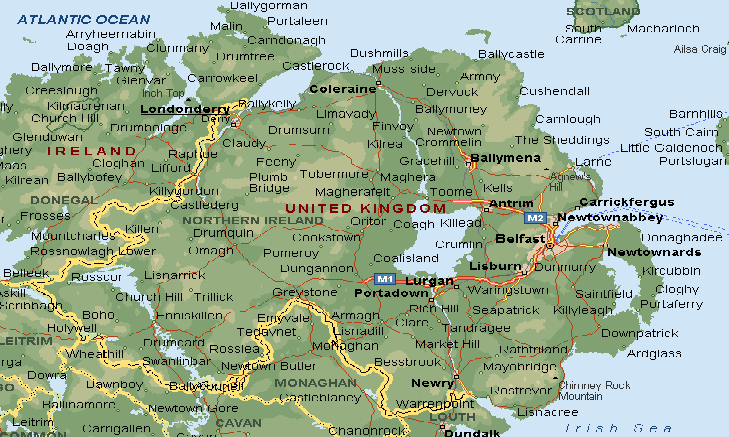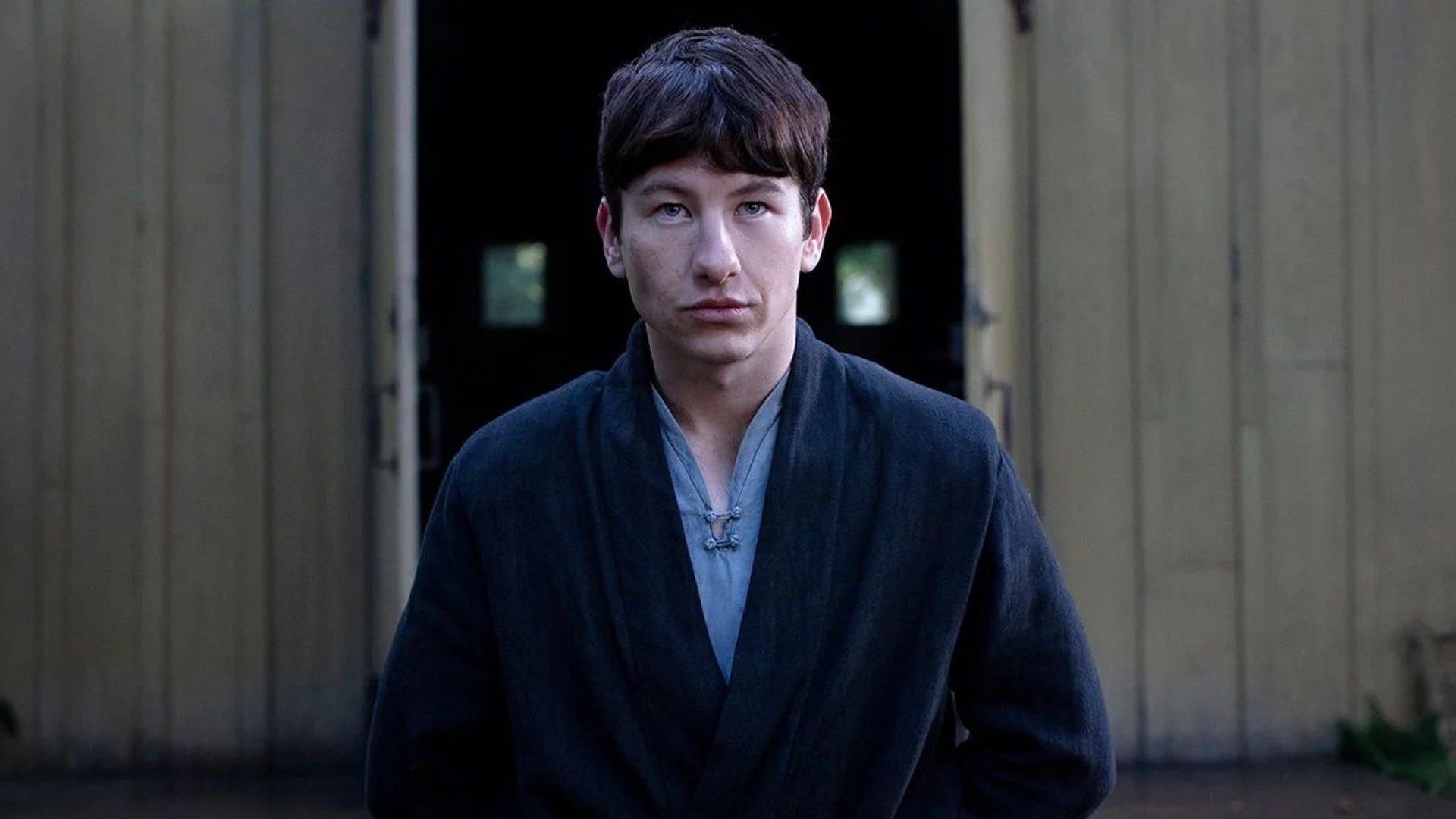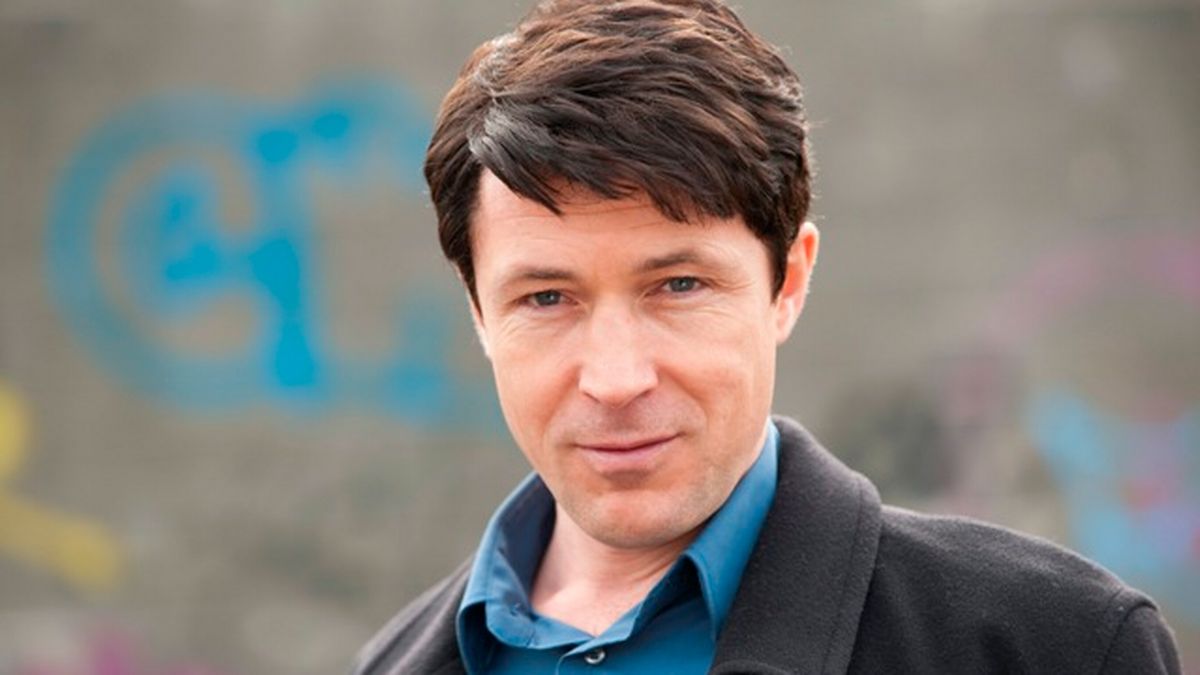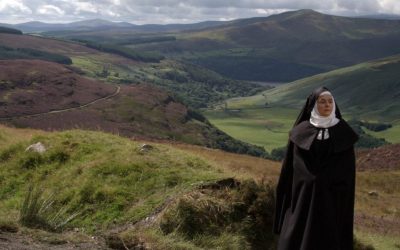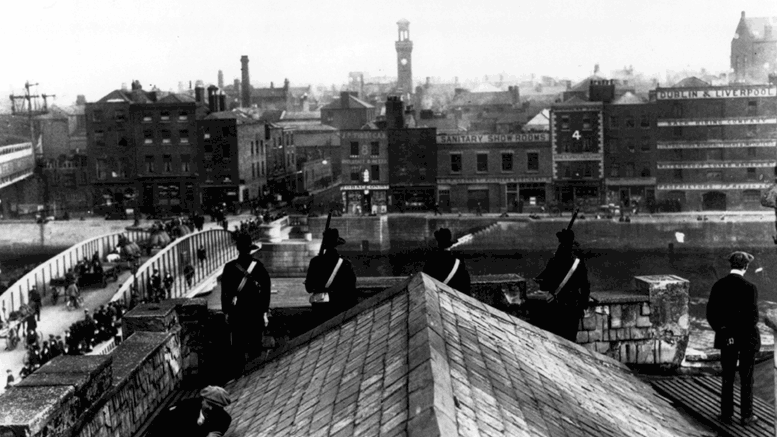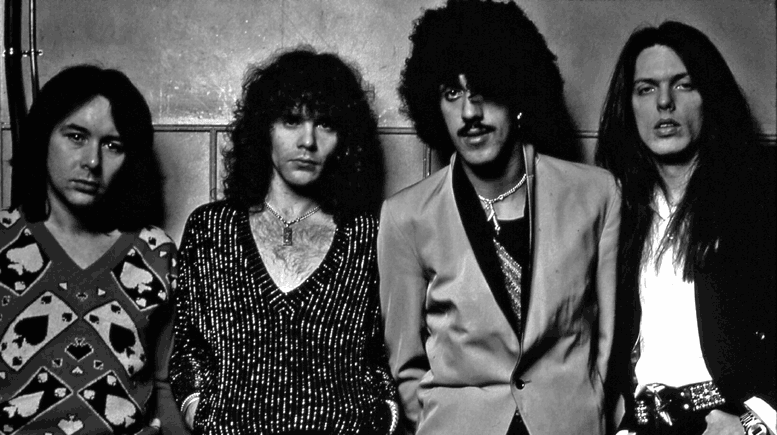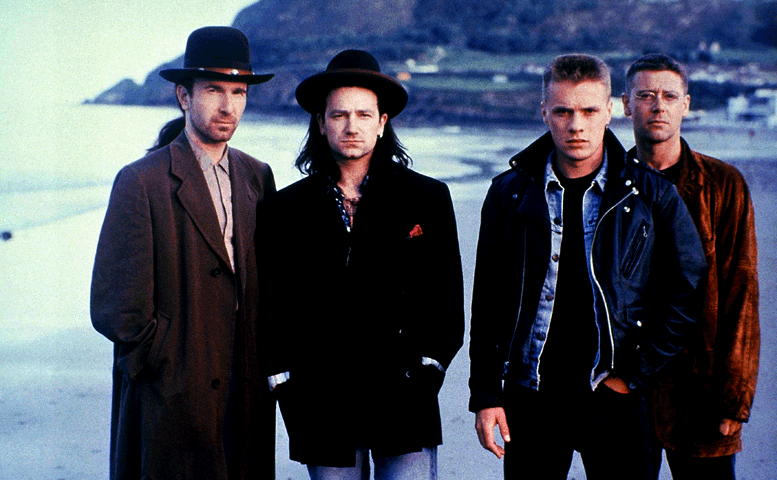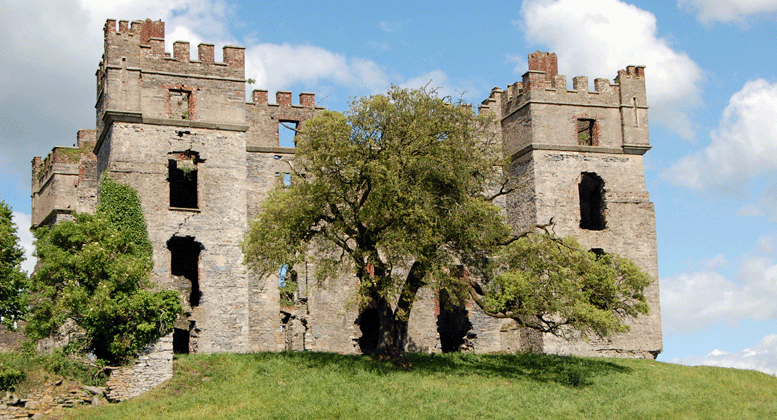The British had hoped that the Government of Ireland Act of 1920 would lead to the end of the war on the island of Ireland. As it stood the act was not acceptable to either the Republican or the Unionists of Ireland.
The republican and nationalist majority in Ireland would use it to make a truce with Britain during which they would enter into negotiations. However, in the north, the Unionists, led by Edward Carson and James Craig were prepared to build upon it.
Carson had never wished for the partition of Ireland whilst Craig did not relish the thought of a country where the power would be controlled by a Catholic majority. In order to secure the Protestant dominion over its affairs, Craig was quite prepared not only to separate Ulster from the rest of Ireland but also to abandon the large Protestant minorities of Donegal, Cavan, and Monaghan.
From the middle of 1920 onwards, sectarian violence had been escalating within the north. The new paramilitary police force The Ulster Special Constabulary had been formed by recruitment of members of the UVF and this force aided and abetted the attacks upon Catholics and their properties. Many Catholics living in Protestant-dominated areas were driven from their homes and Catholic workers out of their jobs. Hundreds of lives were lost, particularly in Belfast.
Political beginnings for Northern Ireland
The new Belfast government was set up with a senate of 26 individuals, one of whom would be the Lord Mayor of Belfast and the Mayor of Derry. The other 24 would be elected by the members of the House of Commons. The House of Commons was to be elected by proportional representation.
Northern Ireland would also be allowed to elect 13 MPs to Westminster. The Westminster parliament would still retain the power to over-rule any laws created by the Northern Ireland Parliament. Taxation, foreign policy, and defense were to remain with Westminster.
Elections for the new parliament were held on May 1921 and out of 52 seats the unionists secured 40 whilst Sinn Féin and the Home Rule Party had 6 each.
The Catholics trapped within the new state were bitter and reacted by either refusing to participate with the running of it or acting violently against it. When the peace treaty was signed between Britain and the Sinn Féin negotiating party in November the violence escalated.
IRA units operated across the borders of the new state, unionists retaliated by increasing their attacks on Catholic enclaves. In order to bring the violence to an end, the new Government introduced severe measures which were heavily anti-Catholic, in 1922 they introduced the Special Powers Act allowing it to arrest and detain people without trial. It also gave the government the power to call curfew. In return, Michael Collins made weapons available to IRA units operating in the north.
Catholics felt that the new state held nothing for them so they reacted by ignoring it. Elected MPs would refuse to take their seats in the parliament, and when the RIC was finally replaced by the RUC, Catholics refused to join or help the new police force. Even Catholic teachers would not recognize the Northern Ireland Education authority taking their pay from the Dáil Éireann instead.
So whilst the Protestants of Northern Ireland had the satisfaction that they still remained part of the United Kingdom, they were left with the uneasy knowledge that not only did one-third of the population oppose their state but its nearest neighbor was also hoping to see it collapse.
Sources
- The History of Ireland by F.J. M. Madden. Teach Yourself Books. Oxford. 2007 publication
- Modern Ireland 1600-1972 by R.F. Foster. Penguin Books. London. 1988 edition.
- A History of Ulster by Jonathan Bardon. The Blackstaff Press. Belfast. 2005 edition
- The Green Flag. A History of Irish Nationalism by Robert Kee. Penguin Books.1972
